The urban areas in the Beira Alta are mainly small, enchanting mountain villages whose histories stretch back to the beginnings of the nation proper. Villages whose locations on the border with the neighbouring Spanish kingdom proved to be strategically important for the preservation of peace and the protection of its people. Villages such as Trancoso, Marialva, Castelo Melhor, Castelo Rodrigo and the beautiful star-shaped fortified town of Almeida, are all living witnesses to the country’s past. You are travelling through Centro de Portugal’s Beira Alta, from point A towards point B. You have a timetable to keep, a prescribed goal to reach the destination which you’ve set yourself in the time allocated. All is going according to plan. That is until you round a bend in the road and spy a castle perched on a solitary hill, taunting the flatness of the plains below, its silhouette outlined against a brazenly blue sky. You could keep moving, you know that. You could ignore the call of discovery, you could reach your destination as planned. But that’s not how it works here.


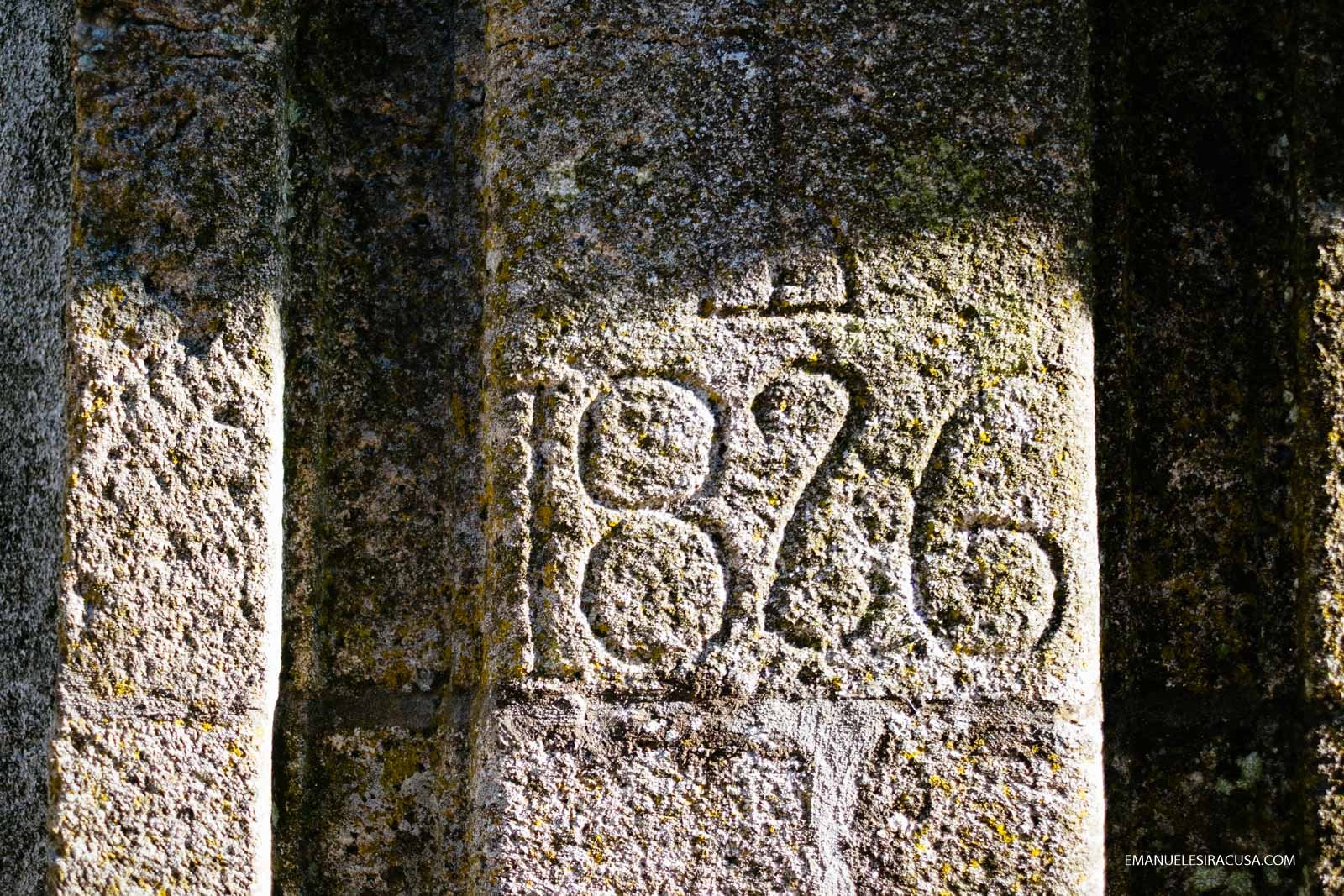
 Throughout the Beira Alta, along the country’s border with Spain, the land is dotted with historical villages and castles, built of schist and granite, standing as sentinels of protection and reassurance for centuries, preserving the stories of the nation’s beginnings embedded within their ancient walls. They are irresistible places, demanding your attention. Officially, there are twelve such ‘historical villages’ throughout Centro de Portugal; the most visited, the best preserved, the spectacular, the ones with the bloodiest histories, and those with the greatest stories of victory to be told.
Throughout the Beira Alta, along the country’s border with Spain, the land is dotted with historical villages and castles, built of schist and granite, standing as sentinels of protection and reassurance for centuries, preserving the stories of the nation’s beginnings embedded within their ancient walls. They are irresistible places, demanding your attention. Officially, there are twelve such ‘historical villages’ throughout Centro de Portugal; the most visited, the best preserved, the spectacular, the ones with the bloodiest histories, and those with the greatest stories of victory to be told.
 But there are countless others whose names, like the names of Trancoso, Castelo Rodrigo, Marialva and the utterly remarkable star-shaped citadel of Almeida, which don’t drip from the tongue so readily. These are the temptations of the true explorer, these are the places which will keep you late for check-in at your next destination, which will ensure you may be the last guest to arrive for dinner, but which will also ensure that your experience in the region will be both unforgettable and ultimately rewarding. Places like the utterly charming town of Santa Comba Dão where a river cascades over bare boulders, besides tiny cobbled streets, a place where Knights Templar could easily still roam. Or Villa Nova Foz de Côa at whose market each year the price of almonds is set in stone for the entire country.
But there are countless others whose names, like the names of Trancoso, Castelo Rodrigo, Marialva and the utterly remarkable star-shaped citadel of Almeida, which don’t drip from the tongue so readily. These are the temptations of the true explorer, these are the places which will keep you late for check-in at your next destination, which will ensure you may be the last guest to arrive for dinner, but which will also ensure that your experience in the region will be both unforgettable and ultimately rewarding. Places like the utterly charming town of Santa Comba Dão where a river cascades over bare boulders, besides tiny cobbled streets, a place where Knights Templar could easily still roam. Or Villa Nova Foz de Côa at whose market each year the price of almonds is set in stone for the entire country.
 Historical Villages of Centro de Portugal
Historical Villages of Centro de Portugal
Trancoso
Of the twelve ‘official’ historic villages of the Beira Alta, Trancoso and the preserved remnants of its once grand castle, one hour east of Viseu, is located on a high plateau affording panoramic views of the surrounding plains – an ideal location for the protection of the country’s borders. The town is surrounded by impressive fortified walls which embrace the living heart of the place which exists to this day, eleven centuries after its foundation. Entrance to the town is via the twin-towered Portas d’El Rei (the King’s Gate) or one of the other three surviving gates (and ten towers) set into the city’s walls. Inside the city walls, it is said that perhaps the town was divided into two sections, with Jewish residents occupying the eastern half and their Christian counterparts occupying the western half.
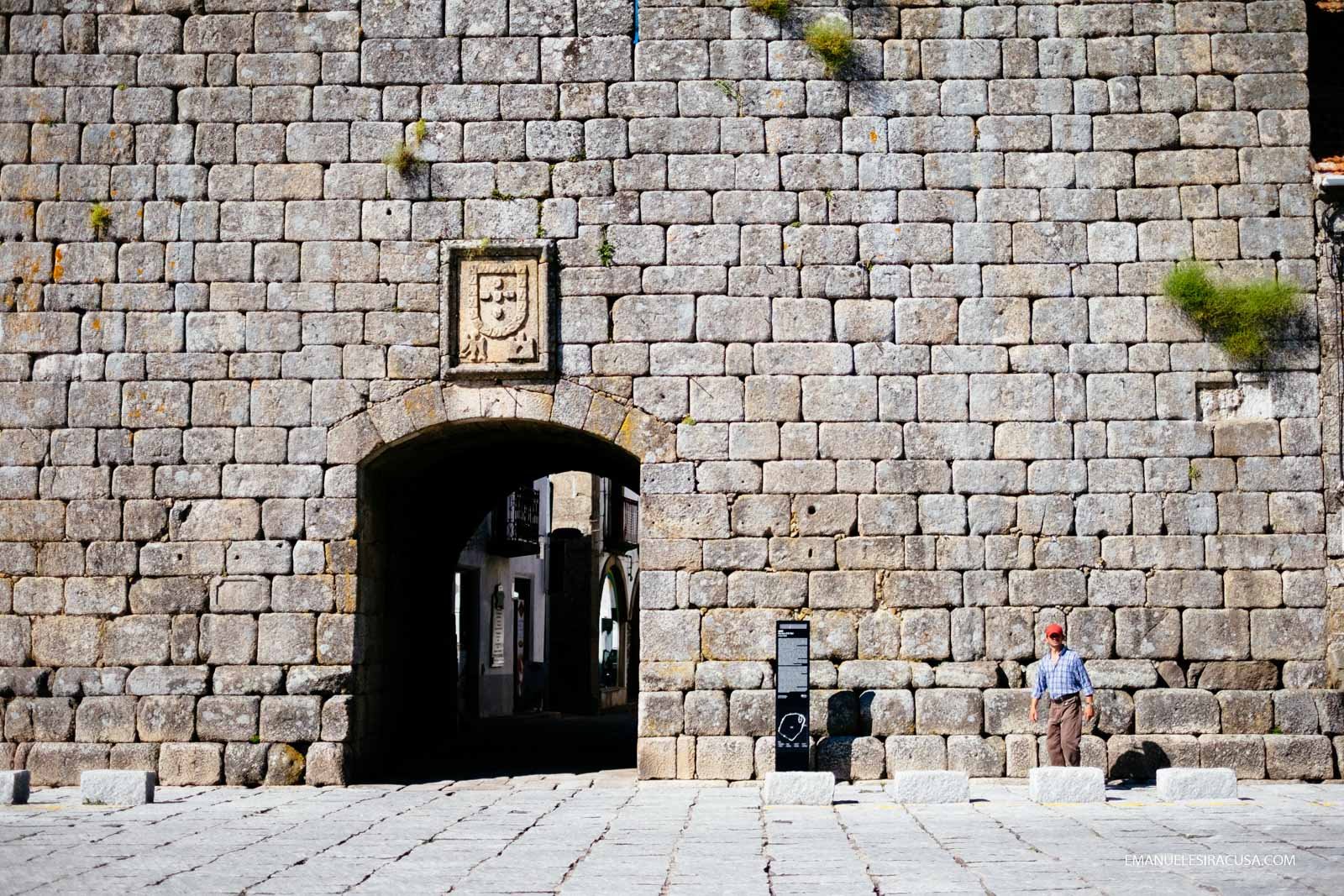 In 1439, during the reign of King Alfonso V, the Jewish community of Trancoso were afforded, ‘all graces, privileges and liberties’ by royal charter. Under this protection, the community grew and prospered significantly, later with permission being granted by King John II for the enlargement of the Faithfull’s synagogue on condition that it ‘…is not made precious rich or sumptuous…’
In 1439, during the reign of King Alfonso V, the Jewish community of Trancoso were afforded, ‘all graces, privileges and liberties’ by royal charter. Under this protection, the community grew and prospered significantly, later with permission being granted by King John II for the enlargement of the Faithfull’s synagogue on condition that it ‘…is not made precious rich or sumptuous…’

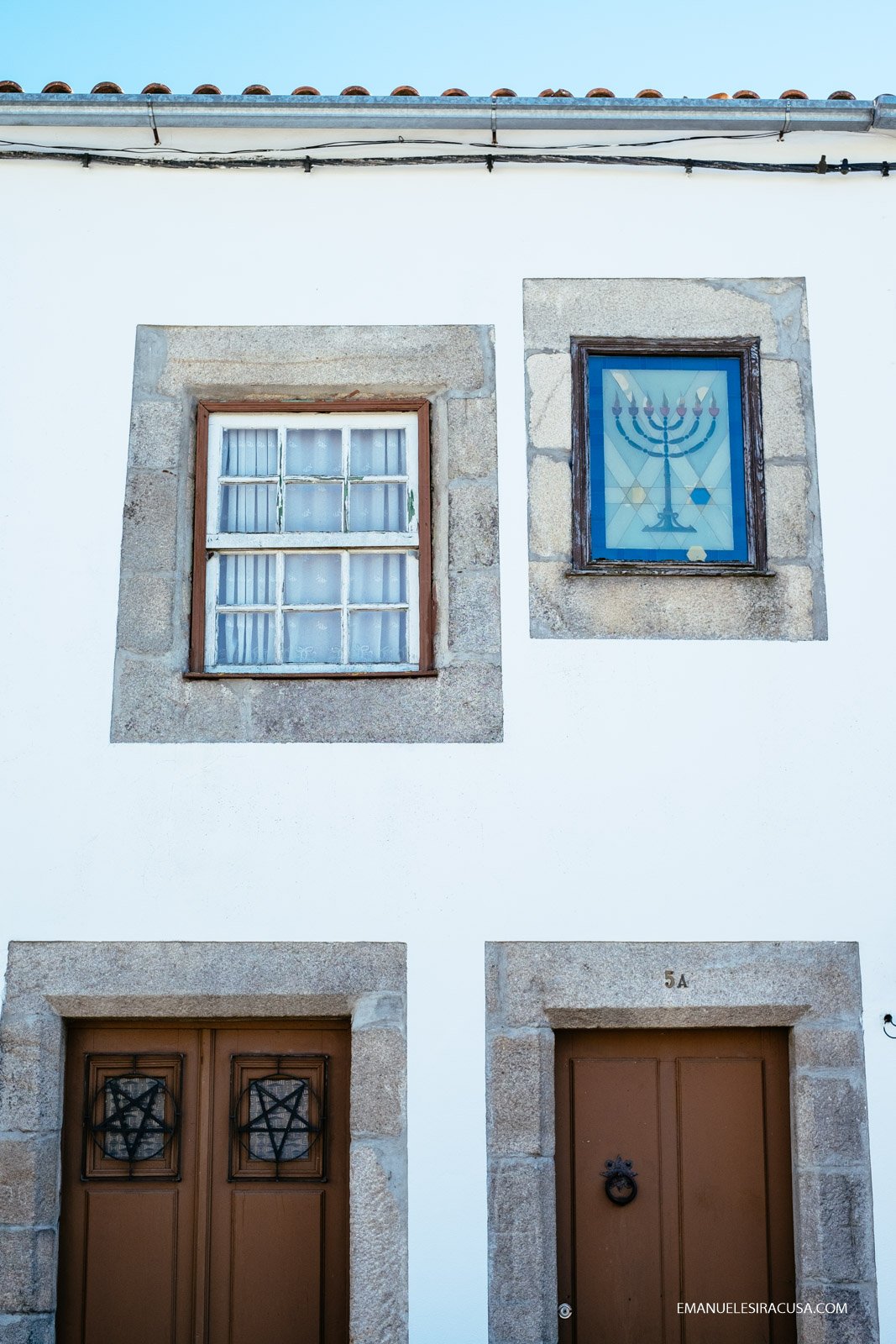 However, with the enthronement of King Manuel I, who decreed the expulsion of all Jews and Muslims from the country, many of the Jews fled Trancoso. Those who remained were forced to convert to Christianity becoming the ‘New Christians’ as in many other parts of Portugal at the time. Evidence of these ‘New Christians’, as in several of the other ‘historical villages’ such as Belmonte, is still visibly carved into the walls of the old dwellings, in the form of crosses and other mystical symbols. One such dwelling is the Casa do Gato Preto (the Black Cat House) whose facade is still decorated with carved symbolic imagery, including the Lion of Judah.
However, with the enthronement of King Manuel I, who decreed the expulsion of all Jews and Muslims from the country, many of the Jews fled Trancoso. Those who remained were forced to convert to Christianity becoming the ‘New Christians’ as in many other parts of Portugal at the time. Evidence of these ‘New Christians’, as in several of the other ‘historical villages’ such as Belmonte, is still visibly carved into the walls of the old dwellings, in the form of crosses and other mystical symbols. One such dwelling is the Casa do Gato Preto (the Black Cat House) whose facade is still decorated with carved symbolic imagery, including the Lion of Judah.
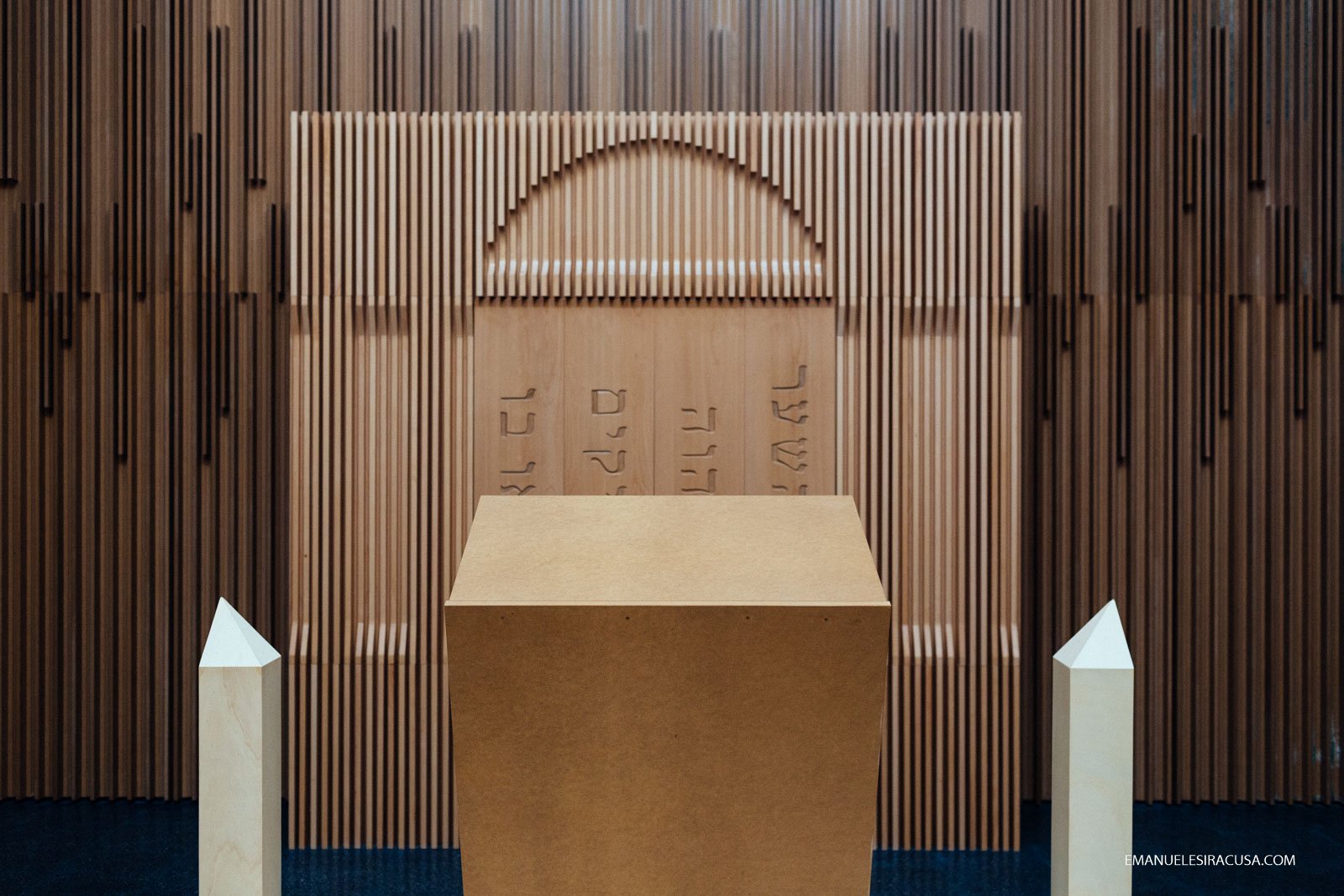
 The most famous of the town’s Jewish community was Isaac Cardoso, a locally born physician, philosopher, and writer who went on from his humble beginnings to become the chief physician of Madrid, and who also wrote many treatises on the subjects of cosmology, medicine, philosophy, and the natural sciences. It is thought he left the peninsula to escape the inquisition and wound up living in Venice where his brilliant mind was appreciated. The town of Trancoso now houses the Isaac Cardoso Jewish Cultural Centre, named in his honour, which receives visitors from all over the world, with over 10,000 arriving from Israel alone in 2015.
The most famous of the town’s Jewish community was Isaac Cardoso, a locally born physician, philosopher, and writer who went on from his humble beginnings to become the chief physician of Madrid, and who also wrote many treatises on the subjects of cosmology, medicine, philosophy, and the natural sciences. It is thought he left the peninsula to escape the inquisition and wound up living in Venice where his brilliant mind was appreciated. The town of Trancoso now houses the Isaac Cardoso Jewish Cultural Centre, named in his honour, which receives visitors from all over the world, with over 10,000 arriving from Israel alone in 2015.
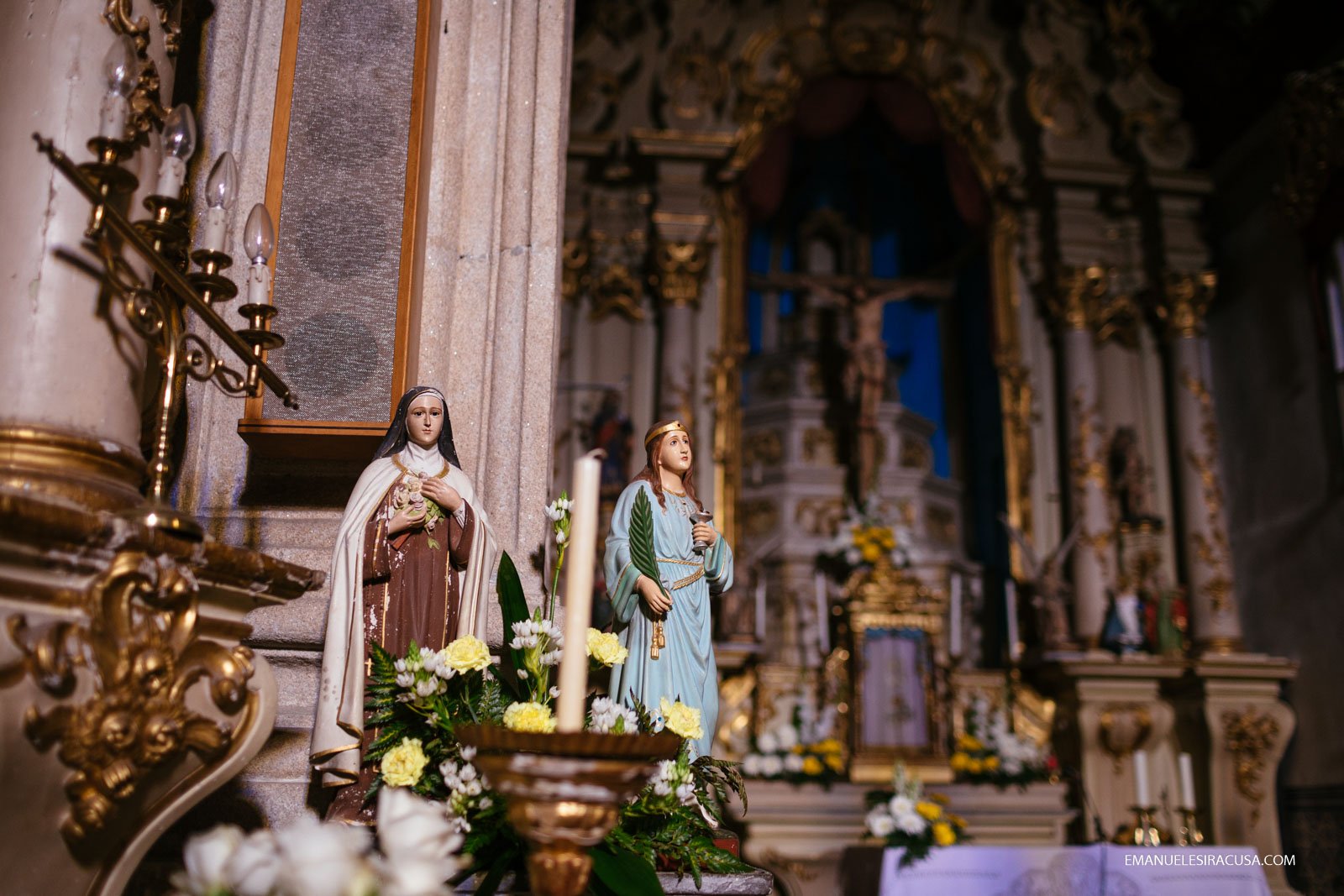 Another son of Trancoso was António Gonçalves de Bandarra, a shoemaker by trade but whose fame spread through his knowledge of Old Testament scriptures, astrology, and prophecies. Bandarra also wrote a selection of ‘Trovas’ – ballads with messianic overtones. It was from these ‘Trovas’ that he was accused of Judaism, of which he was acquitted by trial, but forced to desist from his biblical interpretations and theological writings. He returned to Trancoso where he died in 1556 and where a statue in his honour is now situated in the heart of the old town – along with his thumb, peculiarly, which is housed in the São Pedro Church.
Another son of Trancoso was António Gonçalves de Bandarra, a shoemaker by trade but whose fame spread through his knowledge of Old Testament scriptures, astrology, and prophecies. Bandarra also wrote a selection of ‘Trovas’ – ballads with messianic overtones. It was from these ‘Trovas’ that he was accused of Judaism, of which he was acquitted by trial, but forced to desist from his biblical interpretations and theological writings. He returned to Trancoso where he died in 1556 and where a statue in his honour is now situated in the heart of the old town – along with his thumb, peculiarly, which is housed in the São Pedro Church.
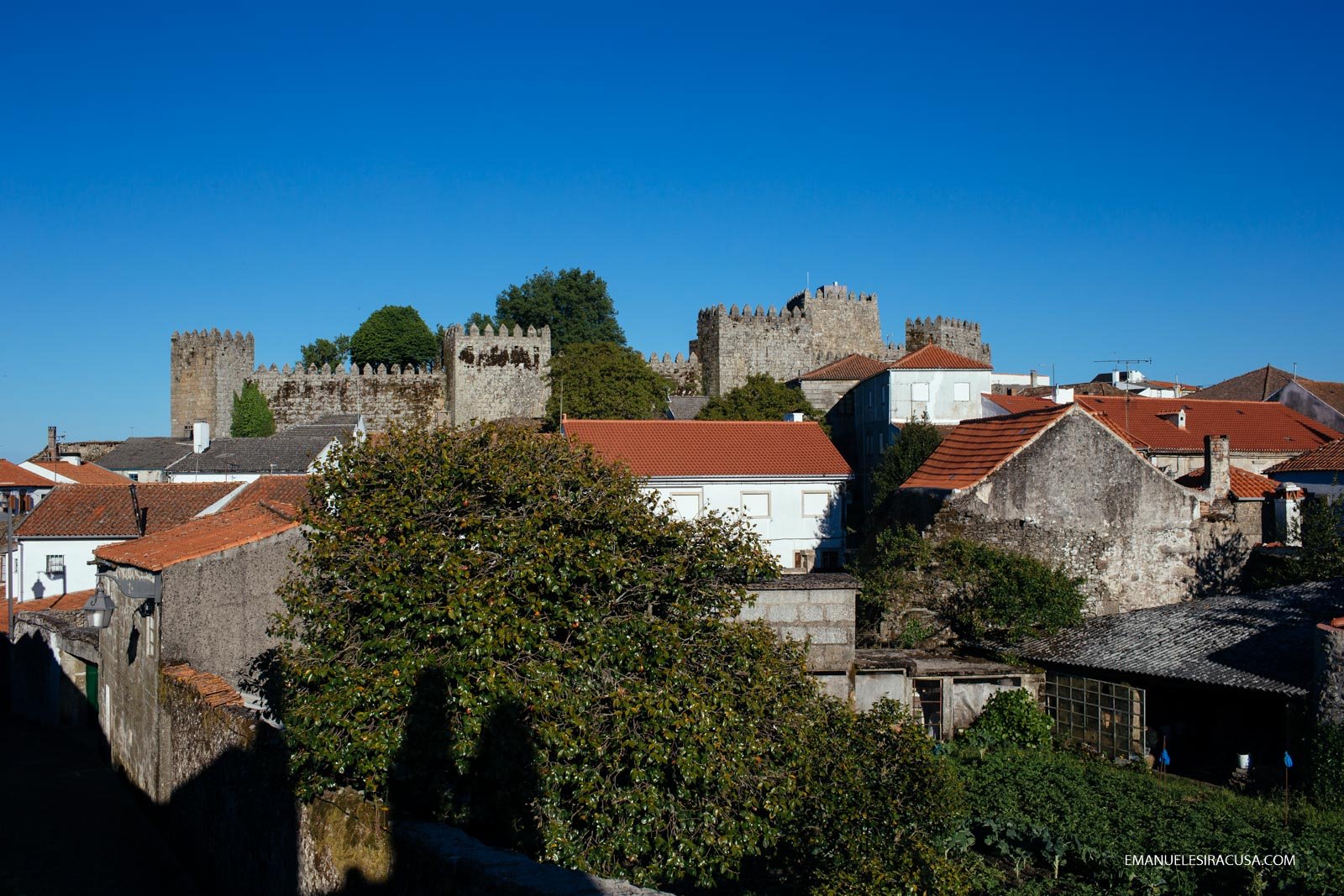 Trancoso is a town for easy wandering, stopping off at a small restaurant to enjoy a local delicacy, the Sardinha dolce, a sweet pastry made in the shape of a sardine, and affording time to visit the many museums, parks, fountains and churches; one of which, the Church of Saint Bartholomew saw the celebration of the wedding of King D. Denis (35) to Isabel of Aragon (12) on the 21st of June 1232.
Trancoso is a town for easy wandering, stopping off at a small restaurant to enjoy a local delicacy, the Sardinha dolce, a sweet pastry made in the shape of a sardine, and affording time to visit the many museums, parks, fountains and churches; one of which, the Church of Saint Bartholomew saw the celebration of the wedding of King D. Denis (35) to Isabel of Aragon (12) on the 21st of June 1232.
 But it is Trancoso’s vastly impressive castle most visitors come to see. With its origins in the 10th century, the castle changed hands many times due to its strategic location and solid construction, which was added to and fortified over the centuries. Today the castle’s walls, tower, and ramparts afford unparalleled views of the vast expanse of the low plains as far as the Douro River and the Spanish border. One other notable event drawing visitors to the area is the St. Bartholomew’s Fair, the oldest market in the entire country – created by King Alfonso II in 1273 – and one which is held each year between August 10th and 21st on a vast plot of land outside the city walls.
But it is Trancoso’s vastly impressive castle most visitors come to see. With its origins in the 10th century, the castle changed hands many times due to its strategic location and solid construction, which was added to and fortified over the centuries. Today the castle’s walls, tower, and ramparts afford unparalleled views of the vast expanse of the low plains as far as the Douro River and the Spanish border. One other notable event drawing visitors to the area is the St. Bartholomew’s Fair, the oldest market in the entire country – created by King Alfonso II in 1273 – and one which is held each year between August 10th and 21st on a vast plot of land outside the city walls.
Marialva
Another of the ‘official’ historic villages set in this part of the Portugal’s Beira Alta is the quaintly beautiful hilltop hamlet of Marialva. Originally a Roman town called Civitas Aravorum, possibly sited on an earlier habitation by the Turduli peoples, the castle which is the focal point of this impeccably beautiful village of narrow, winding streets and stone cut houses, has long been an important focal point and crossroads of trade and defence in the centuries past. The first Christians to settle in the area renamed the town as São Justo. Then it was the turn of the Arabs who conquered the town, renaming it Malva until it was reconquered by the Christian armies of King Fernando Magno I of León who once again renamed the place, this time as Marialva.

With its reconquest, both King Dinis, and latterly King Manuel, carried out significant improvements and upgrades to the castle turning it into one of the most impressive fortifications in the Kingdom. Today it is a place of refuge and respite from the busy world outside. Wandering through the quiet, sun-washed streets the walls of the buildings give off a light of sunflower yellow, the air is filled with racing swallows and birds of prey such as vultures and eagles. Butterflies flit between the gardens of the inhabitants lending an air of utter tranquillity and isolation to the whole environment.

Inside the walls of the castle, the remains of the various layers of history and its inhabitants are clearly visible throughout the abandoned citadel. Even the tiled stonework of the streets within the fortress bear witness to differing styles, through the variety of patterns fashionable in each epoch of its history. Inside the skeletal remains of the former buildings olive trees have been planted, at least giving a small sense of the place’s continuous habitation. Since peace came to the land after its reconquest by the Christian kings, the inhabitants of the citadel must have a felt a sense of relief and gradually began to venture further from the castle’s protective walls; grazing animals, planting crops and olive groves and tilling the earth further and further from the hilltop fortress. Eventually, the citadel became uninhabited as those to whom it had afforded protection began their lives in earnest outside of its shadow.
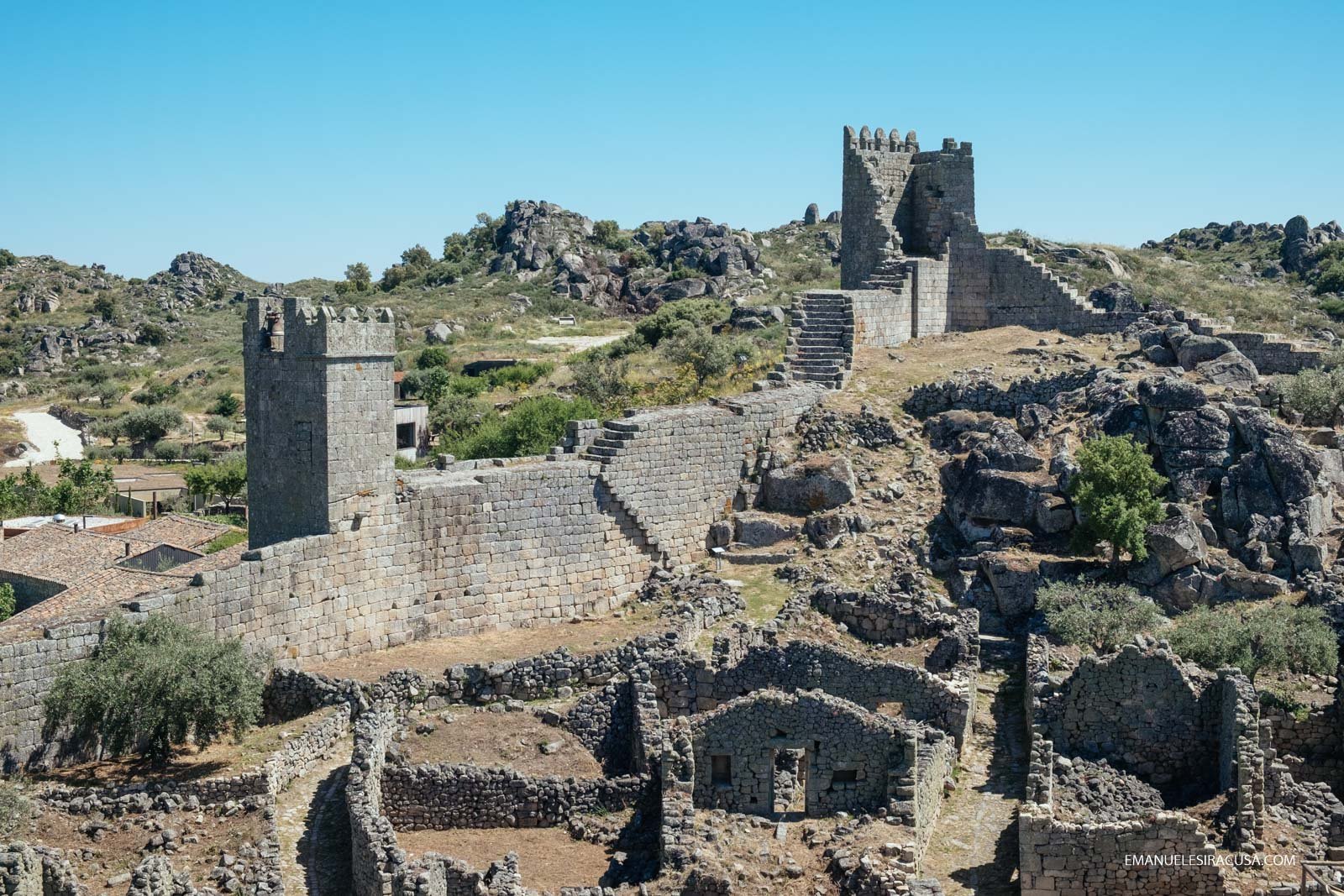
During the heat of the day, Marialva is in slumber. There is a deathly calmness. With the setting sun, the buildings and the castle itself are bathed in a golden glow which appears to light the buildings from within. Walkers, hikers, cyclists and nature enthusiasts return to their respective dwellings after a day of exploration and offer a brief flurry of activity and the sound of voices echo through the ancient streets once again.

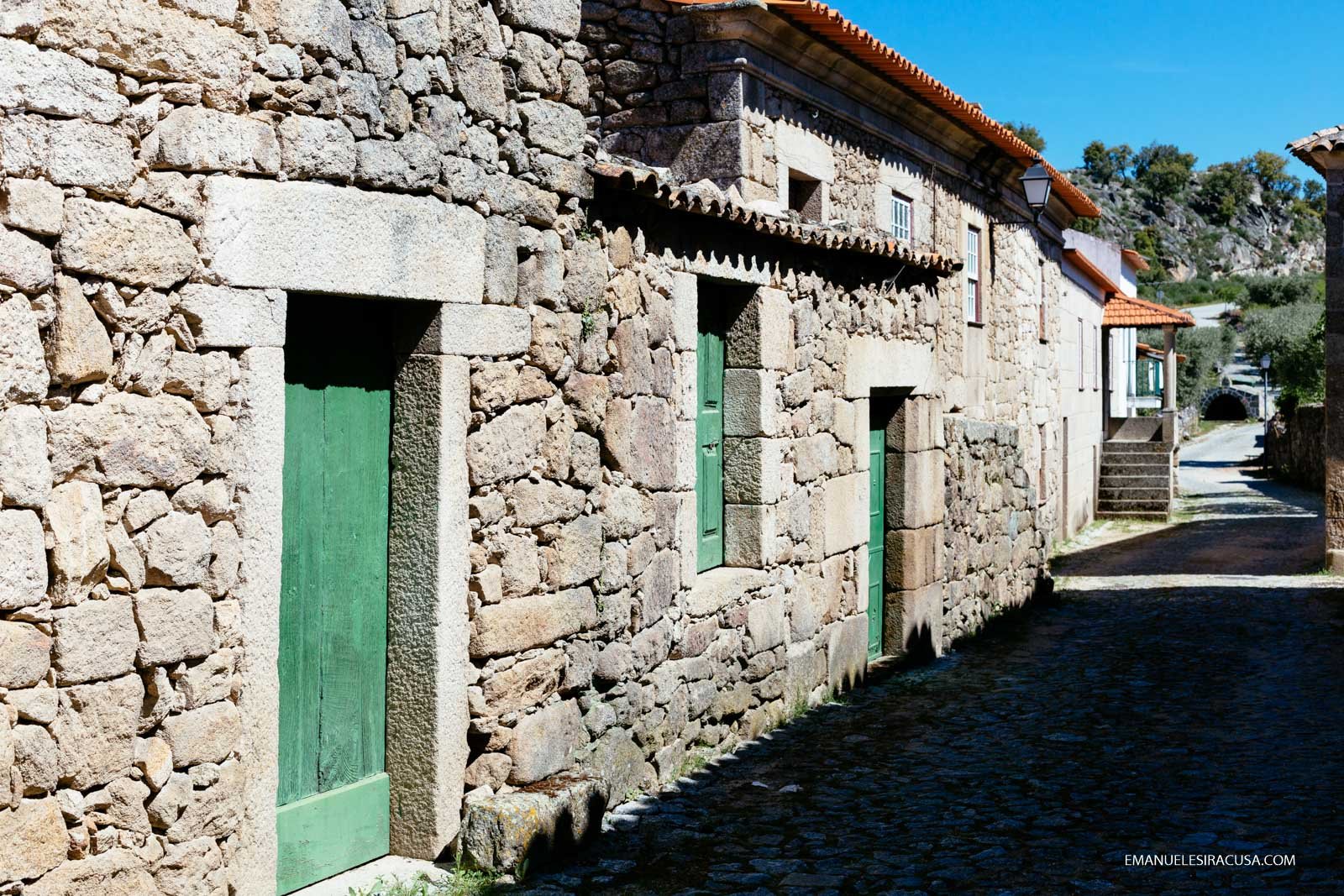
Castelo Rodrigo
It is rumoured that St. Francis of Assisi once spent a night in the loftily picturesque hilltop village of Castelo Rodrigo, while undertaking a pilgrimage to the far off Galician shrine of Santiago de Compostela. If he did, I can fully understand why. Like each and every one of the other ‘historic villages’ of the Beira Alta in Portugal’s Centro region, this tidy collection of houses, cafes, hotels and bars, in addition to its historically important castle’s remains, Castelo Rodrigo exemplifies charm and pledges an oath of peace and tranquillity to the visitor. Sited on a solitary outcrop overlooking the great plateau stretching eastwards to the Spanish border, it was as in modern times, a case of location, location, location.


As is the case with its compatriot ‘historical villages’, this settlement of human habitation has its roots entrenched in a time of turmoil, war and invasion. From its militarily advantageous position, the village looks down across the flat plateau towards the Spanish border. It is said the village was founded by Alfonso IX of León to be presented to the Count Rodrigo Gonzalez de Girón from whence the name arises. After the treaty, effectively ending the war with Spain, and settling the country’s borders, the village became the possession of the Portuguese establishment of the time; namely King D. Dinis.
 From then onwards, during various eras of turbulence and conflict, including, on one occasion misguidedly siding with the Spanish kings for which there would be retribution. Eventually, when the castle was retaken it was deemed that the Portuguese shield and coat of arms should always be displayed in an upside down position on the town’s heraldry. Forever labelled as traitors. And, just like the other ‘historic villages’ the town of Castelo Rodrigo mirrored the history of the other fortified sites across the region, including a community of New Christians – converted Jews – whose existence is confirmed by the presence of Hebrew inscriptions on the stone door lintel of one the town’s antique houses, and a street sign emblazoned with the words ‘Rua Sinagoga’. As was the case in Marialva and many of the other mountain villages, with the signing of the treaty between Portugal and Spain, and the cessation of hostilities, the townsfolk left the sanctuary of the castle’s protection and moved downwards towards the fertile plains below, effectively denuding the settlement of its inhabitants.
From then onwards, during various eras of turbulence and conflict, including, on one occasion misguidedly siding with the Spanish kings for which there would be retribution. Eventually, when the castle was retaken it was deemed that the Portuguese shield and coat of arms should always be displayed in an upside down position on the town’s heraldry. Forever labelled as traitors. And, just like the other ‘historic villages’ the town of Castelo Rodrigo mirrored the history of the other fortified sites across the region, including a community of New Christians – converted Jews – whose existence is confirmed by the presence of Hebrew inscriptions on the stone door lintel of one the town’s antique houses, and a street sign emblazoned with the words ‘Rua Sinagoga’. As was the case in Marialva and many of the other mountain villages, with the signing of the treaty between Portugal and Spain, and the cessation of hostilities, the townsfolk left the sanctuary of the castle’s protection and moved downwards towards the fertile plains below, effectively denuding the settlement of its inhabitants.
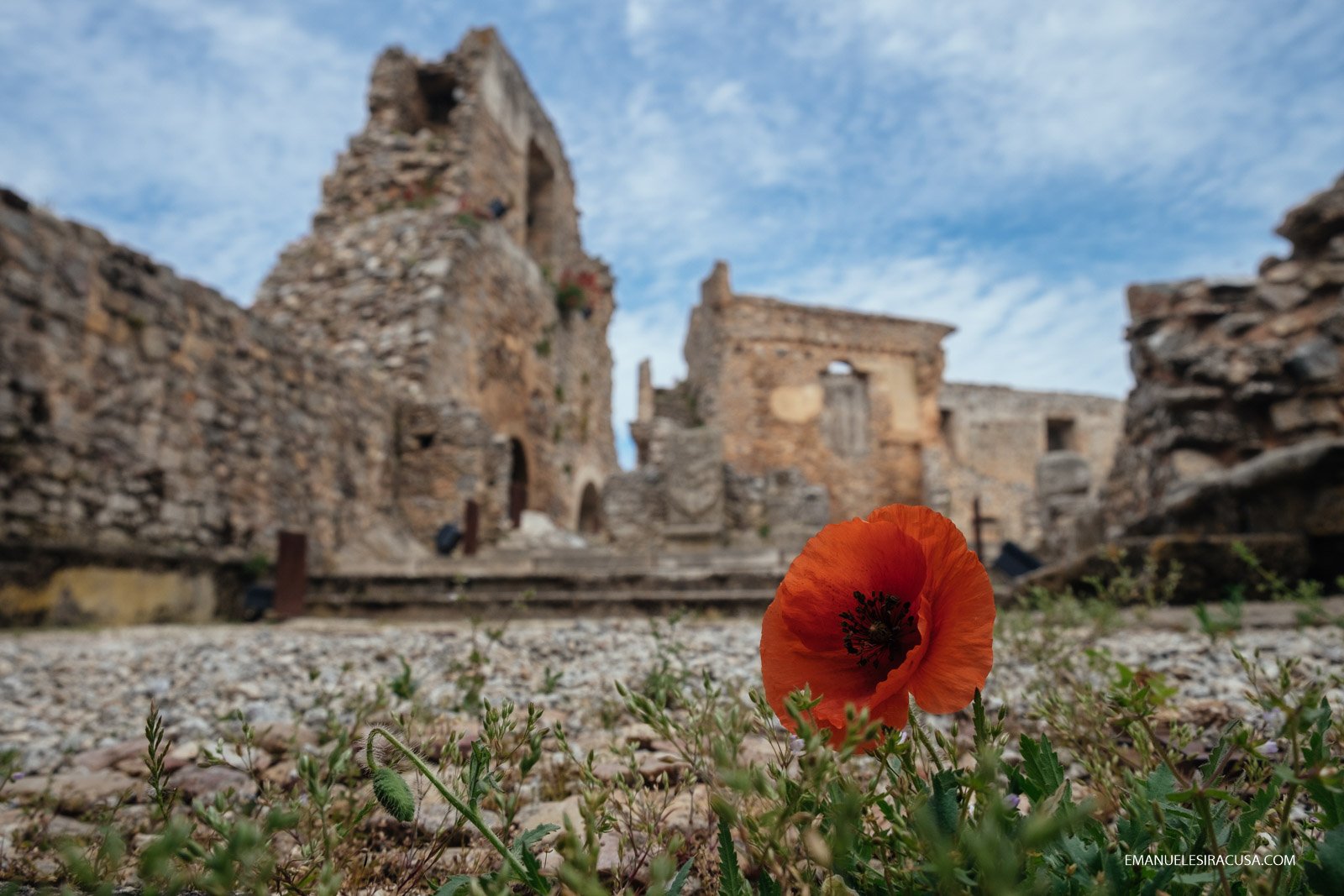 But in the recent past, that has changed and Castelo Rodrigo has once again begun to breathe a collective and growing breath. With the influx of visitors wishing to explore the area through hiking and cycling trails and witness the wild nature and wildlife of the region Castelo Rodrigo is reaping the rewards.
But in the recent past, that has changed and Castelo Rodrigo has once again begun to breathe a collective and growing breath. With the influx of visitors wishing to explore the area through hiking and cycling trails and witness the wild nature and wildlife of the region Castelo Rodrigo is reaping the rewards.
Castelo Melhor
While visiting the famed rock art of the Côa Valley you may stumble upon the sleepy hamlet of Castelo Melhor, which was bestowed a charter by King D. Dinis in 1298, and whose castle, now overgrown with wildflowers and its walls home to colonies of swallows, was a source of valuable protection to the surrounding inhabitants. And if hunger or thirst lays siege to your journey, you may just be lucky enough to make a wrong turn and seek sanctuary in the welcoming Casa d’Irene Restaurant , and the homely traditional cooking of its proprietor, in the village of Malpartida. These are but a few trinkets from the Beira Alta’s treasure trove of history, there are gems of discovery everywhere if you are prepared to get lost and seek them out.



Almeida
Almeida, a historical village known for its fortress twelve-pointed star shape, is one of the most impressive European examples of defensive systems of the seventeenth century. This citadel was fortified in the Middle Ages and following the actual plan of fortifying borderer cities in Portugal was converted in one of the largest Portuguese Military Forts. The target of major sieges in 1762 (Seven Years War) and 1809 (III French Invasion), this stronghold has reached our days almost intact. Improvements taken out by the program of the historic villages consolidated the walls and bastions, reopening the arena and encouraged stimulus to the traditional trade. Within the walls, just left of the main road access is a hotel that results from the conversion of an inn and which in turn was adapted from the place where formerly there were prisons. The most interesting thing about this citadel is the mixture of styles in the construction of houses with beirã influence with the use of granite and verandas of a primrio floor and whitewashed walls in homes with only the first floor of the Alentejo. Even more, when house numbers and street names are written in black letters written on Clement Numbers on a white background as if it were a military campsite of 19 sec.
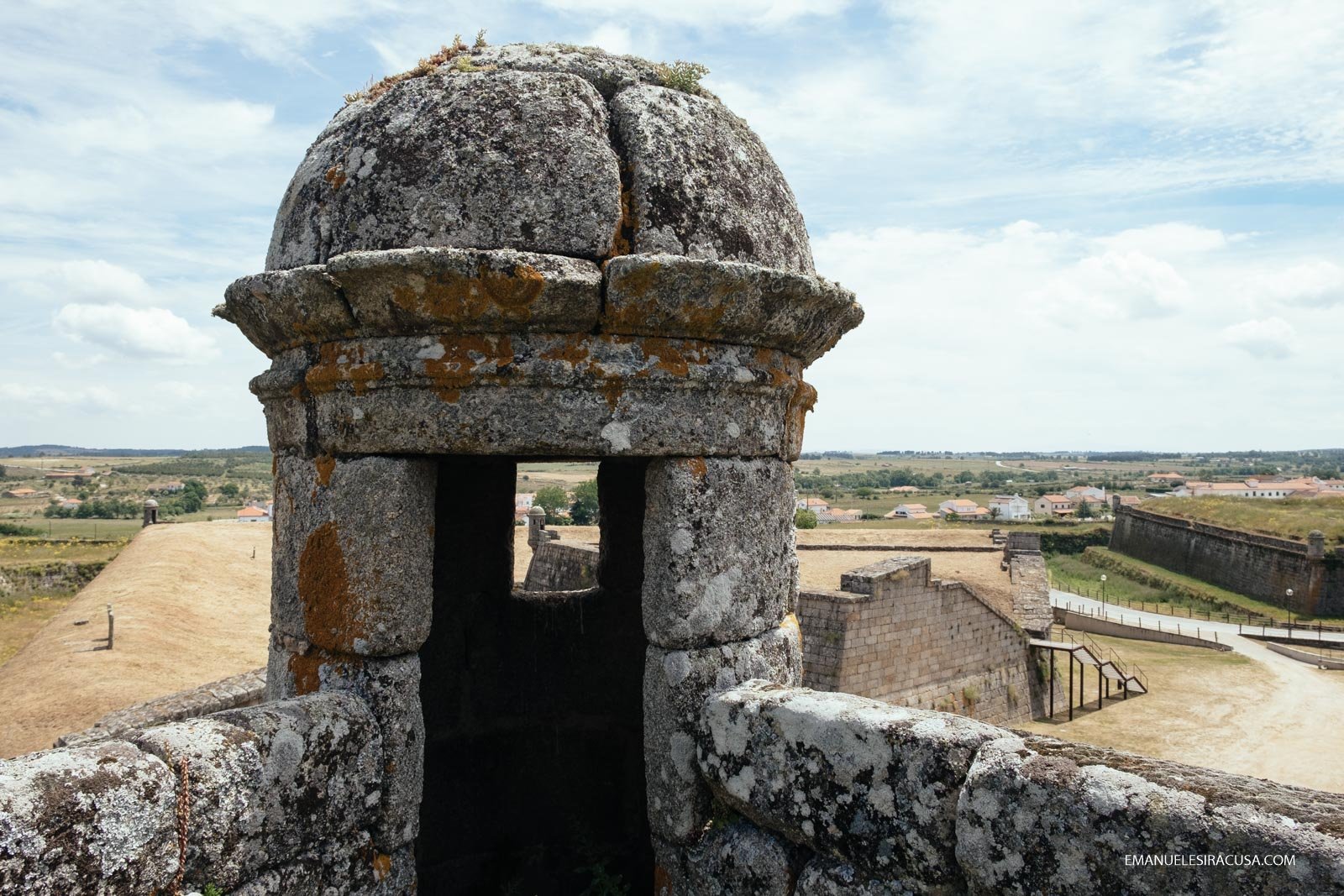

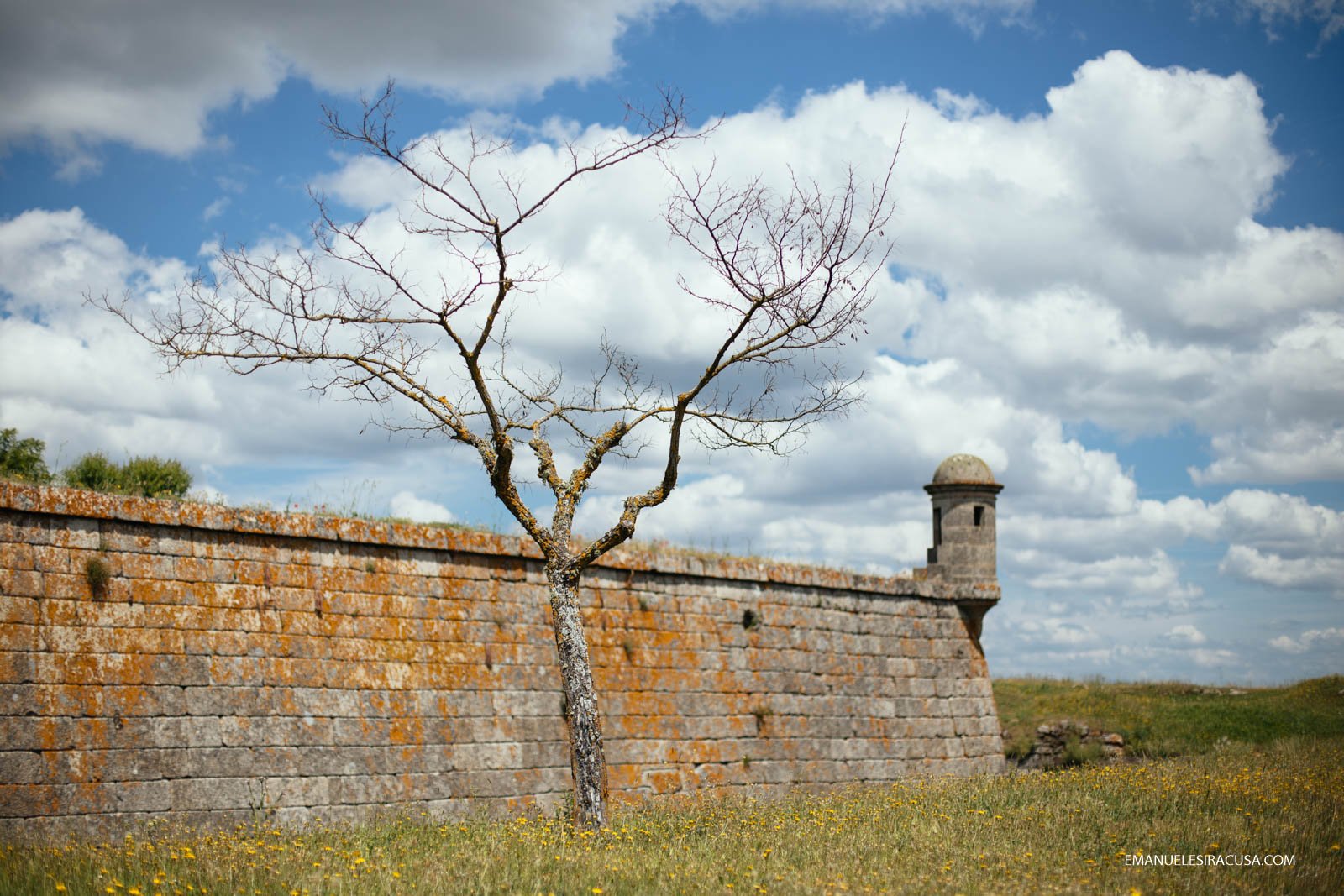
This Historical Villages of Centro de Portugal post is a part of a series of 7 posts I wrote based on my journey to Beira Alta in May 2016. Please find the links o the other articles bellow:
Beira Alta in Centro de Portugal
Côa Valley in Centro de Portugal
Casa da Cisterna in Centro de Portugal
Casas do Côro in Centro de Portugal
Disclaimer:
This Historical Villages of Centro post was written by my inspiring friend Brendan Harding as part of my ongoing collaboration with the Centro de Portugal Tourism Board. All opinions are my own. Photo credits to my inspiring friend Emanuele Siracusa.
Brendan Harding
My name is Brendan Harding and I was born and raised in Ireland – that small teddy-bear-shaped island which clings to the edge of the European landmass.
5 Comments
Add comment Cancel reply
This site uses Akismet to reduce spam. Learn how your comment data is processed.




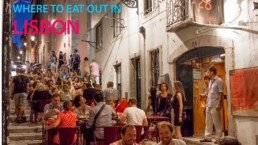

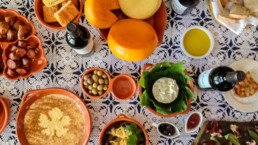
[…] Historical Villages of Centro de Portugal […]
[…] Historical Villages of Centro de Portugal […]
[…] Historical Villages of Centro de Portugal […]
[…] to the wines of the Dão and Côa valleys. It is a land of kings and knights, Templars and Moors, a land of historic villages and castles which cap the rugged mountaintops like crowns. A land of vines and cherries, orchards […]
[…] Historical Villages of Centro de Portugal […]